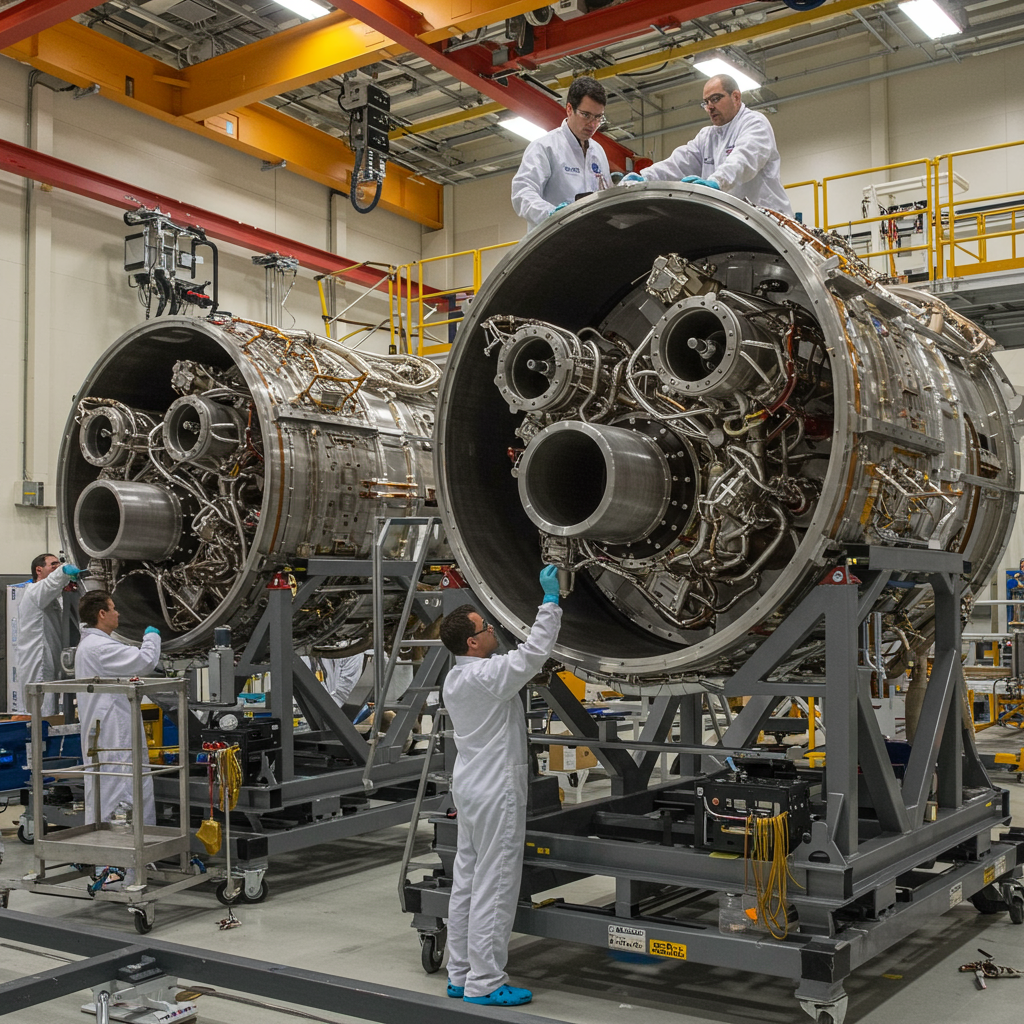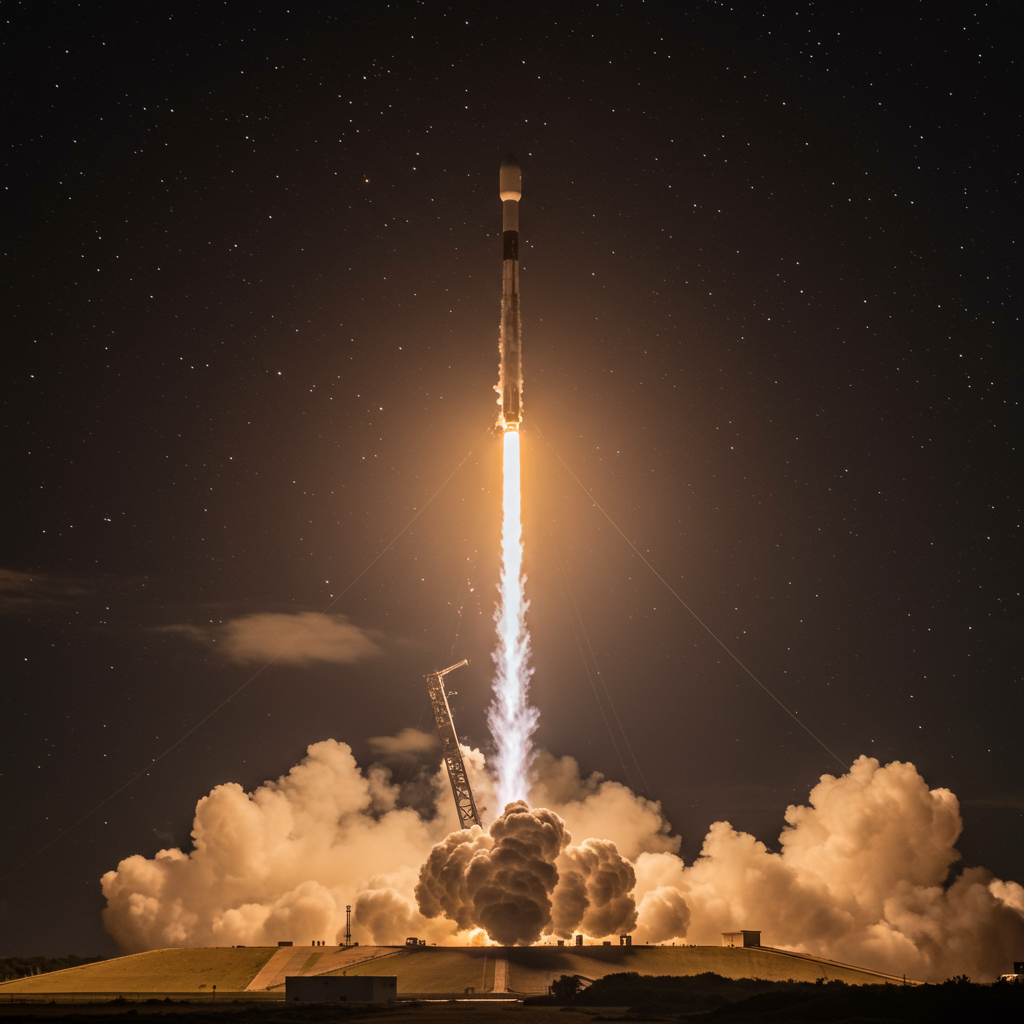Aerojet Rocketdyne, a leader in aerospace propulsion, delivered critical auxiliary engines for NASA’s second Artemis mission, Artemis II. These vital components are destined for the Orion spacecraft’s European Service Module (ESM), playing a key role in the historic mission set to carry astronauts around the Moon.
Key Engines for Orion’s Trajectory Control
The delivery included eight bipropellant auxiliary engines specifically designed to regulate the Orion spacecraft’s trajectory during its journey. These engines also serve as a crucial backup system for Orion’s main engine, enhancing mission reliability and safety. Each engine provides 110 pounds of thrust and will be strategically integrated at the bottom of the European Service Module.
The ESM is a powerhouse for the Orion spacecraft, providing essential functions far beyond propulsion. It is responsible for supplying electrical power, regulating temperature, and providing consumables like water and air for the astronauts on board. The integration of Aerojet Rocketdyne’s engines ensures the ESM can perform the precise maneuvers required for deep space navigation.
Artemis II marks a significant milestone for the Orion program as it will be the first mission to carry a human crew aboard the spacecraft. Orion is scheduled to launch for this mission atop NASA’s powerful Space Launch System (SLS) rocket.
The auxiliary engines were manufactured and rigorously tested by Aerojet Rocketdyne under their agreement with Lockheed Martin, the prime contractor for the Orion spacecraft. This delivery builds on Aerojet Rocketdyne’s ongoing contributions to the Artemis program, which also included the delivery of Orion’s jettison motor for the uncrewed Artemis I mission.
Aerojet Rocketdyne’s Broad Propulsion Role in Artemis
Aerojet Rocketdyne’s involvement in NASA’s Artemis lunar program extends far beyond these auxiliary engines. The company is a primary provider of propulsion systems across the entire launch vehicle stack, from the powerful core stage of the SLS rocket to the Orion crew capsule itself.
SLS Core Stage: Aerojet Rocketdyne provides the four RS-25 main engines that power the base of the SLS core stage. These engines, which include heritage units previously flown on the Space Shuttle program and new production versions currently being tested at NASA’s Stennis Space Center, collectively generate millions of pounds of thrust for liftoff.
SLS Upper Stage: The company also supplies the RL10 engine for the SLS upper stage, known as the Interim Cryogenic Propulsion Stage (ICPS). Built at their facility near West Palm Beach, Florida, the RL10 is critical for providing the high thrust needed to push Orion out of Earth’s orbit and onto its trajectory towards the Moon. The RL10 engine has a nearly 60-year history, powering numerous historic NASA missions.
- Orion Spacecraft: In addition to the eight auxiliary engines delivered for trajectory control, Aerojet Rocketdyne provides other vital propulsion elements for Orion, including the main engine, the jettison motor for the Launch Abort System, and reaction control system engines necessary for precise maneuvering, including guiding the crew module during atmospheric re-entry. In total, Aerojet Rocketdyne provides dozens of propulsion systems throughout the Artemis vehicle stack.
- www.nasa.gov
- www.executivebiz.com
- spacenews.com
- www.foxweather.com
- spaceflightnow.com
The delivery of the Artemis II auxiliary engines underscores Aerojet Rocketdyne’s foundational role in providing the diverse and critical propulsion technology required to enable NASA’s ambitious missions to return humanity to the lunar surface and pave the way for future exploration of Mars.




